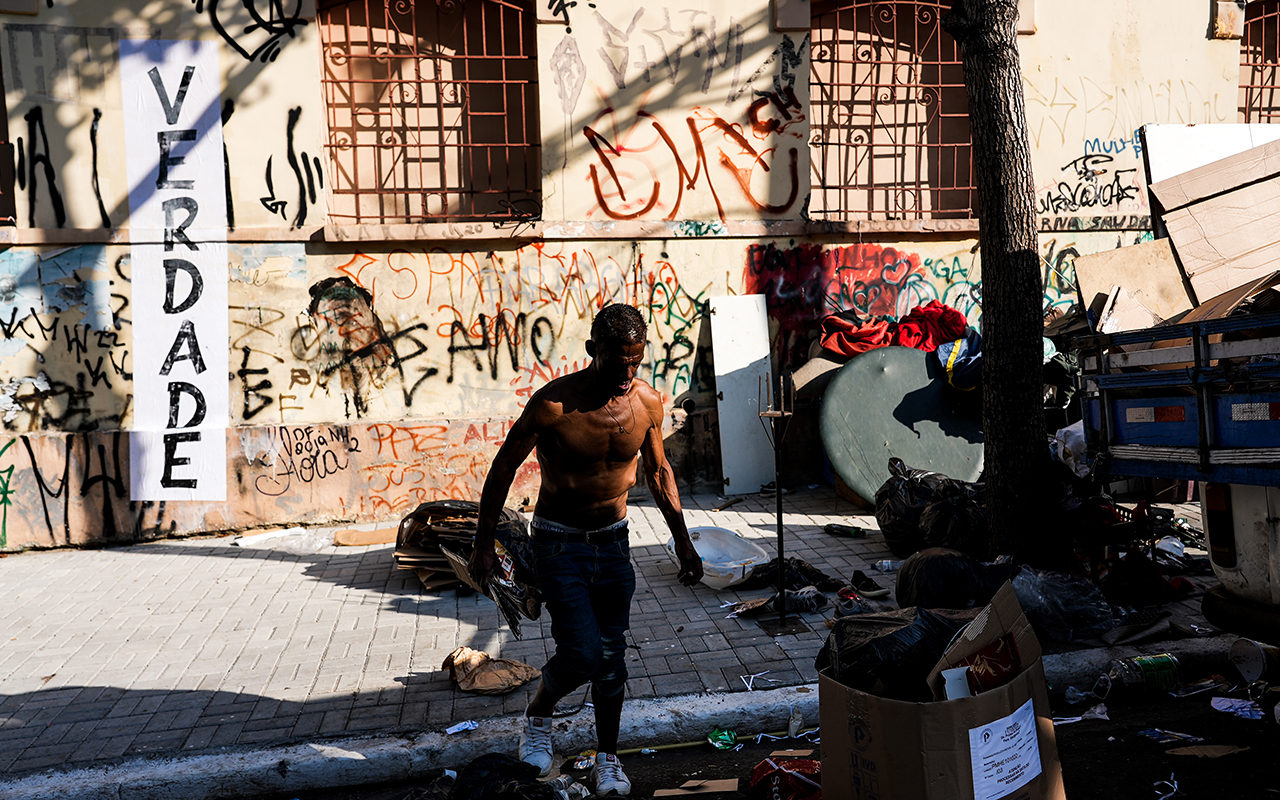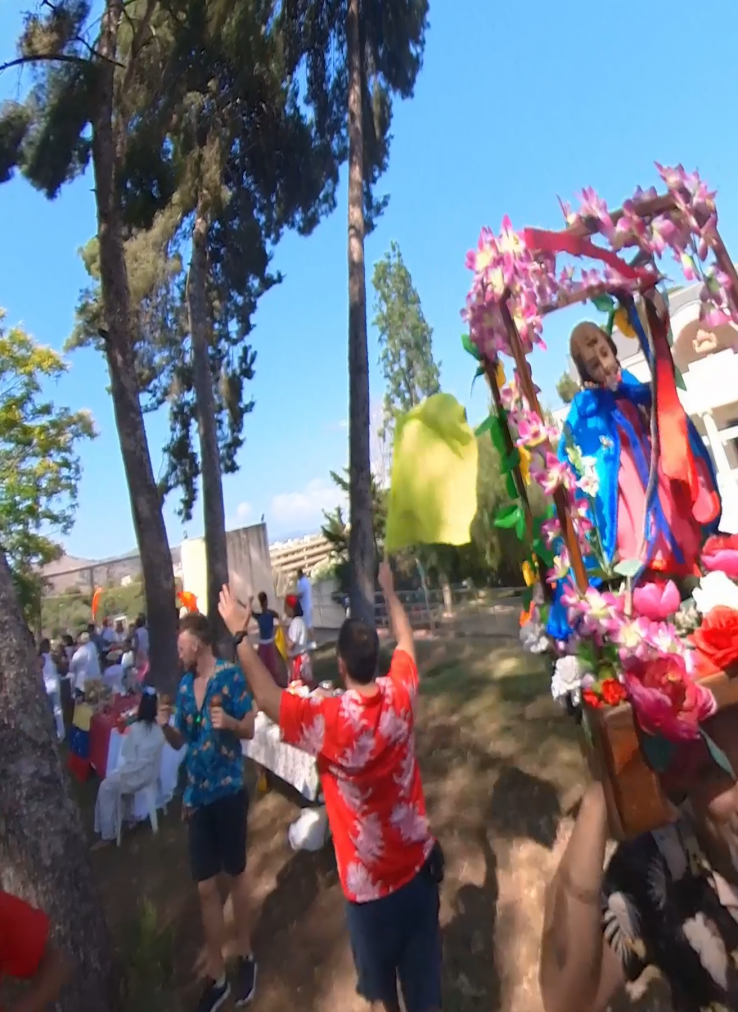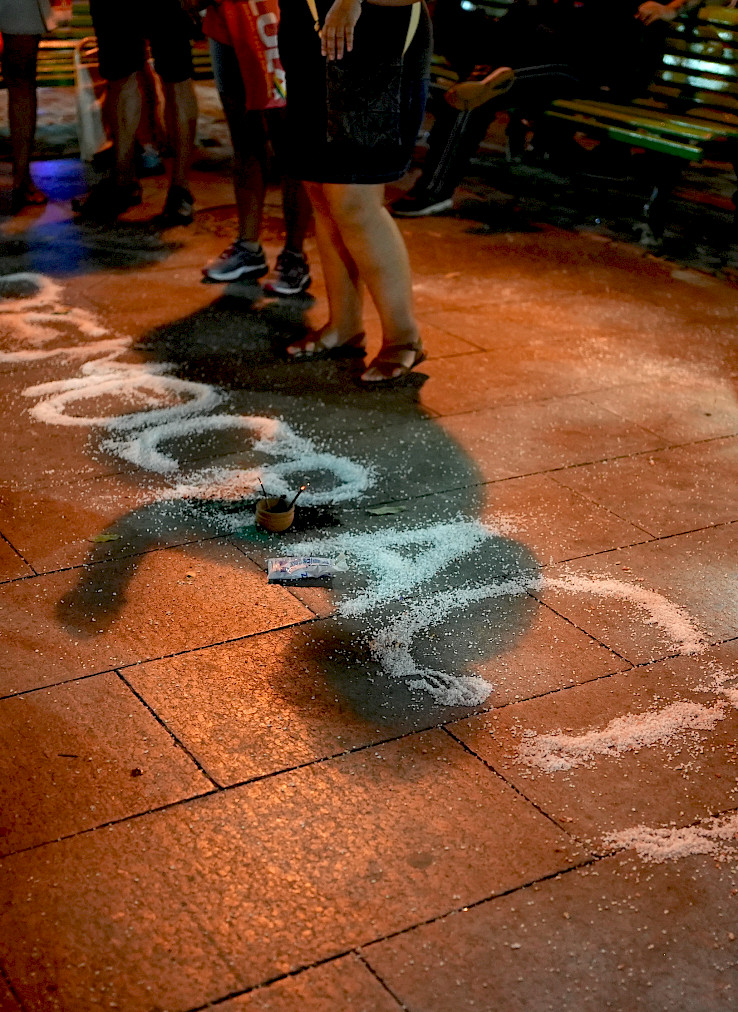In a post-truth age personal believes and opinions have overtaken facts and objective reality. The information that is shaping the public opinion is more a matter of defending your own position and overlooking those who do not (McIntyre, 2018).
This new era is dominated by an extreme propagation of mis and dis information, featuring gruesome social protagonists that are indiscriminate about simple truths and regular facts. It is an era where lies and deceiving narratives make it to the headlines become viral and are boosted by algorithms. This creates a world of alternative facts, alternative truths that are caught in confirmation loops. In this world, skilled politicians can afford to defile science, statistics and social facts and not only get away with it but, paradoxically, rise above and increase their popularity.
Here is an example from Brazil:
In July 2022, FAO (Food and Agriculture Organization of the United Nations) reported that Brazil reenters the world hunger map. The study is based on data collected between 2019 and 2021 and revealed that more than 60 million Brazilians found themselves in a situation of alimentary uncertainty while more than 33 million are actually suffering from hunger. The number was questioned by Paulo Guedes, the ministry of finance at that time, and one of Bolsonaro´s main allies and amongst Brazil´s wealthiest people. This questioning of this report was merely Guedes opinion. Jair Bolsonaro himself questioned the study in a more perverse characteristic fashion stating that the information is untrue because you don´t see people in Brazil begging for bread in front of bakery shops.
For anyone living in Brazil and actually buying bread from any bakery shop this statement is a plain lie. Then for whom is this true? How can someone that live in Brazil trust the president so much that even a case of everyday evidence becomes obsolete?
In the weeks following the presidential elections of October 2022, the artists form the São Paulo based Arte em Fluxo, decided react to these false statements. Artists Julio Dojcsar and Cauê Maia (from Transverso Collective) printed the word truth in a 2 and a half meter “lambe lambe” (poster bomb) and sticked it under bridges, parks and walls in the center of the Metropole, where homeless people wonder around or live. A study of IPEA (Instituto de Pesquisa Econômica Aplicada) reveals that there are more than 85.9 thousand people are currently living in the streets in São Paulo. This number has increased by 39% since 2019. The intention of the intervention was to reconnect “truth” such an abused word, with the immediate and visible reality of São Paulo. In this reality, the truth, “a verdade” is mirroring, a local yet very much real social fact. Everyday people with hunger are wondering the streets of São Paulo in search for food, and that is an irrefutable fact. In this reality people that buy bread from the bakery shop and people that beg for it, coexist and this is another irrefutable fact. Sometimes, despite the social or digital bubble that we find ourselves in, it is advisable to go back to the streets, back to the facts, back to the truth.
Back to the list





